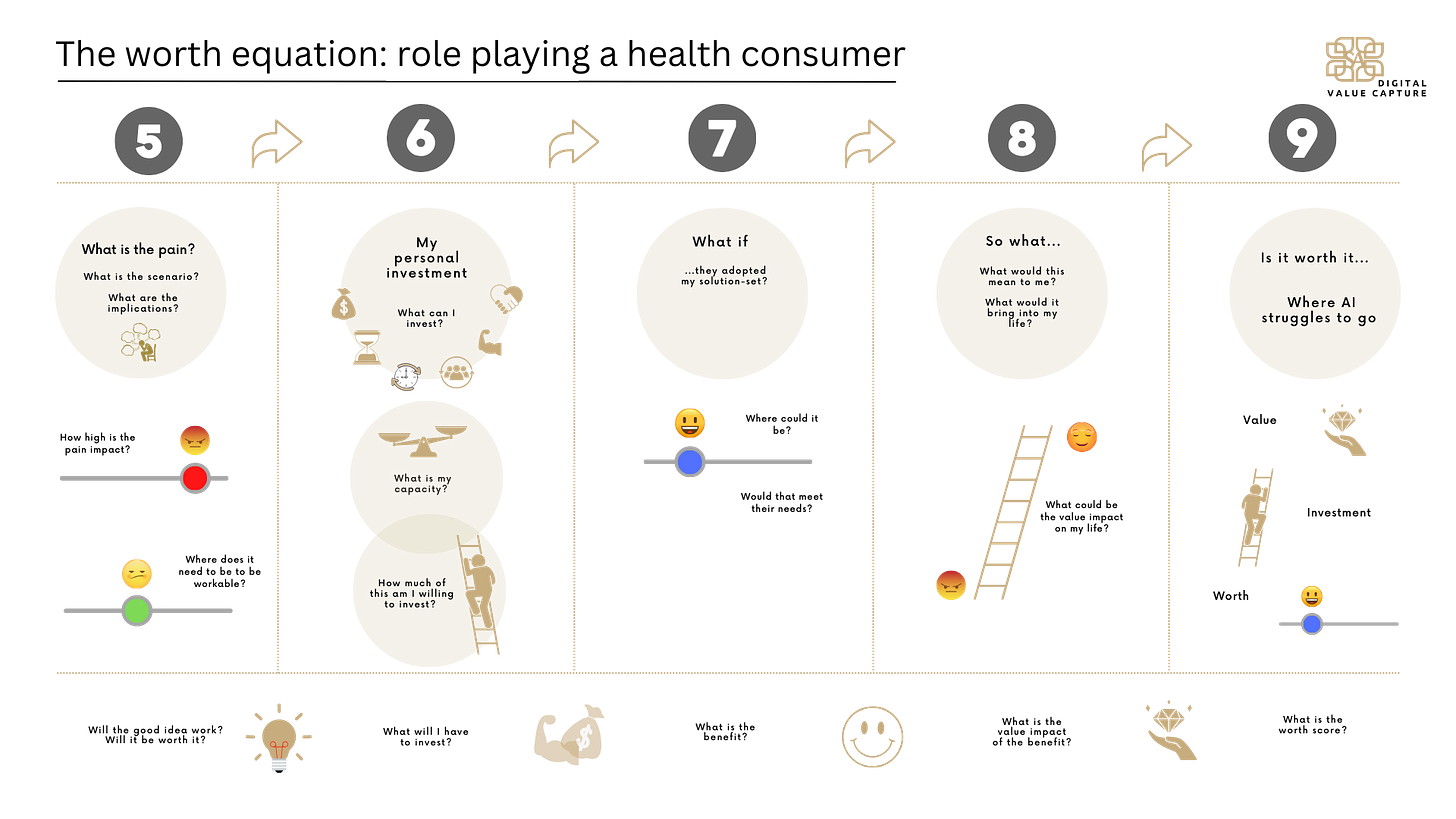Imagine pouring your heart, soul, and life savings into a brilliant idea, only to watch it crash and burn. The startup graveyard is littered with innovative concepts that never made it past the drawing board. But what if there was a way to dramatically reduce that gut-wrenching 90% failure rate?
A Challenge to Design Thinkers: Prompt and Explore
Before you read further, I have a challenge for you.
Take this exact prompt and feed it to different AI platforms:
"As a funder, is investing in Design Thinking worth it to tackle the 90%+ risk of start-up failure? We need hard evidence—not just assumptions—to justify it. Think about VHS beating Betamax despite design differences, or Elon Musk skipping empathy in Design Thinking to follow his vision. Does the effort to create risk-assessment metrics through Design Thinking deliver measurable value worth the time and cost?"
Don't just take my word for it. Experiment. Probe. Question.
My first-hand experience in the practice of Design Thinking in government, industry, Web3 and academia is, yes, sort of, and nuanced with “it depends”.
The ambiguity of my stance led me to ask AI to search for any measurable evidence of the various claims by enthusiastic proponents and provide some well-reasoned assessment from the perspective of anyone funding a new venture. This would include the cost, time and effort required to deliver the risk mitigating metrics required by our bean counting fraternity.
Then I began with refining my interactions with Grok to this very prompt, then challenging AI platforms like Grok and Claude to dissect the real value of Design Thinking. The responses were a revelation—nuanced, data-driven, and far from a one-size-fits-all solution.
What the AIs Revealed
The most compelling insights?
A potential 5-10% reduction in startup failure rates
Design Thinking is promising but difficult to quantify precisely
Execution often trumps design perfection
The Real-World Reality Check
Consider the legendary VHS versus Betamax battle. Design wasn't everything. Execution trumped perfection. Elon Musk's success proves that visionary entrepreneurs can sometimes defy traditional design methodologies altogether.
But here's the twist: Most founders aren't Elon Musk.
Enter the Worth Equation: A Game-Changing Approach
What emerged from my research was more than just another design framework. It was a revolutionary way of thinking about value—the Worth Equation.
Taught to over 800 MBA students, this methodology goes beyond surface-level design. It's a deep dive into understanding the true value of an innovation from the consumer's perspective.
Breaking Down the Worth Equation
The equation isn't just about money. It's about:
The total investment a consumer makes (money, time, the full measured spectrum of human endeavour)
The human value experienced
The state change in a user's life
The genuine worth of that transformation when comparing the total investment
Imagine mapping out not just what a product does, but how it fundamentally changes someone's life experience.
From Theory to Validation
The magic happens in two critical stages:
Develop the Worth Equation
Market test with a minimal prototype
The goal? Walk into funding conversations with concrete evidence that your innovation isn't just cool—it's genuinely valuable.
A Personal Invitation and Challenge
This is more than an article. It's an invitation to rethink innovation—and to become an active researcher.
I challenge you to:
Use the prompt I shared to query different AI platforms
Compare their responses
Share your findings
Question the assumptions
In the next pieces, I'll dive deep into the Worth Equation, sharing real-world examples, breaking down the methodology, and showing you how to transform your startup's odds of success.
Are you ready to challenge everything you know about design and value?
Stay curious. Stay bold.
Stephen Alexander







